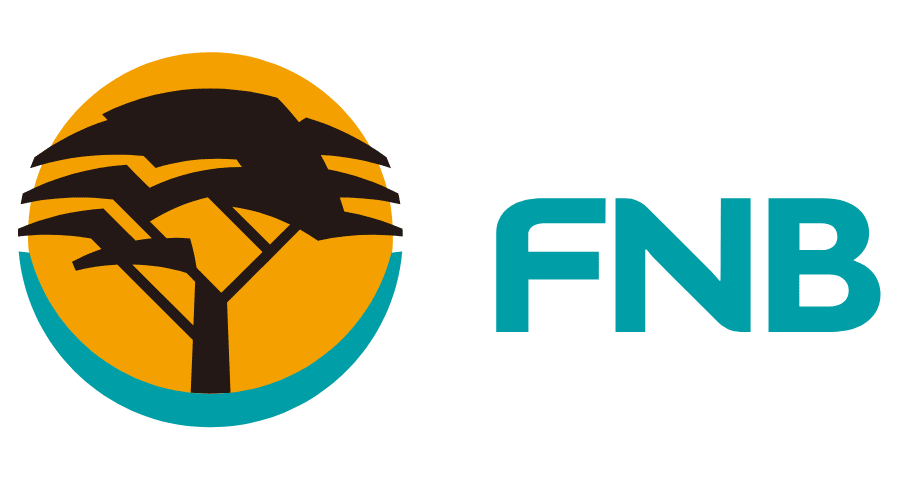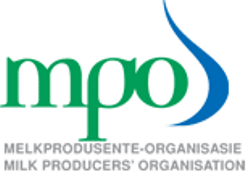
Comment by Paul Makube, senior agricultural economist at FNB Agri-Business
23 September 2021 – After showing signs of moderation for the second half of 2021, with the July 2021 food price inflation steadying at 7% year-on-year (y/y), the August print came in on the upside by 0,4% month-on-month (m/m) and 7,4% y/y.
The overall consumer price inflation drifted further away from the midpoint of the South African Reserve Bank’s target range of 3–6%, accelerating by 4,9% y/y and edging 0,4% higher m/m in August 2021 underpinned by gains in food and non-alcoholic beverages (FNAB) (+6,9% y/y), housing and utilities (+3,8% y/y), transport (+9,9% y/y), and miscellaneous goods and services (+4,2% y/y).
The food and non-alcoholic beverages (FNAB) sub-component had the biggest contribution of 1,2 percentage points to the CPI, but steadied for the third consecutive month, as the monthly increase came in 0,2% m/m. However, FNAB jumped to a 51-month high of 6,9% with food alone reaching the highest level of 7,4% y/y in 54 months. Meat could be singled out as the biggest culprit in the uptick in food inflation given its weight in the food basket after posting a double digit increase of 10,7% y/y. The combination of supply constraints due to the reduced pace of beef and sheep slaughter and the decreased volumes of poultry imports underpinned the recent uptrend in meat prices.
Herd rebuilding remains on course, largely due to the good feed availability after fantastic 2020/2021 seasonal rains and has, thus, reduced the availability of cattle for the slaughter market, as producers hold back on their stock. In the poultry market, we saw a 3,5% contraction in imports, which caused supply tightness and the subsequent uptick in prices. Additionally, consumer demand for meat remained unseasonably solid, despite the current economic challenges.
The vegetables and fish categories also added to the upswing in food inflation with increases of 5,6% y/y and 6% y/y, respectively, but were to some extent offset by the deceleration in the bread and cereals, oils and fats, and the milk, eggs, and cheese categories. For the bread and cereal category, the continued softening in both the domestic and international grain prices contributed to the subdued inflation outcomes in August.
Nonetheless, fundamentals point to a bullish domestic supply outlook ahead of another potentially excellent agriculture season for 2021/2022. We still expect food price inflation to reverse direction to the downside in the medium term, but rand volatility and higher crude oil prices may dampen this outlook given their influence on input costs in the agriculture sector. Overall CPI remains contained within the SARB’s target range, which is positive for interest rate outcomes.
ENDS.
For media queries or interviews contact:
Lebogang Moyana
Cell: 078 655 1145
E-mail: LebogangMelody.Moyana@fnb.co.za
Sam Mashele
Cell: 078 045 0784
E-mail: Sam.Mashele@fnb.co.za
Published on Friday, 8th October 2021 - 11:19
Recent Posts
disclaimer









